You have not yet added any article to your bookmarks!

Join 10k+ people to get notified about new posts, news and tips.
Do not worry we don't spam!
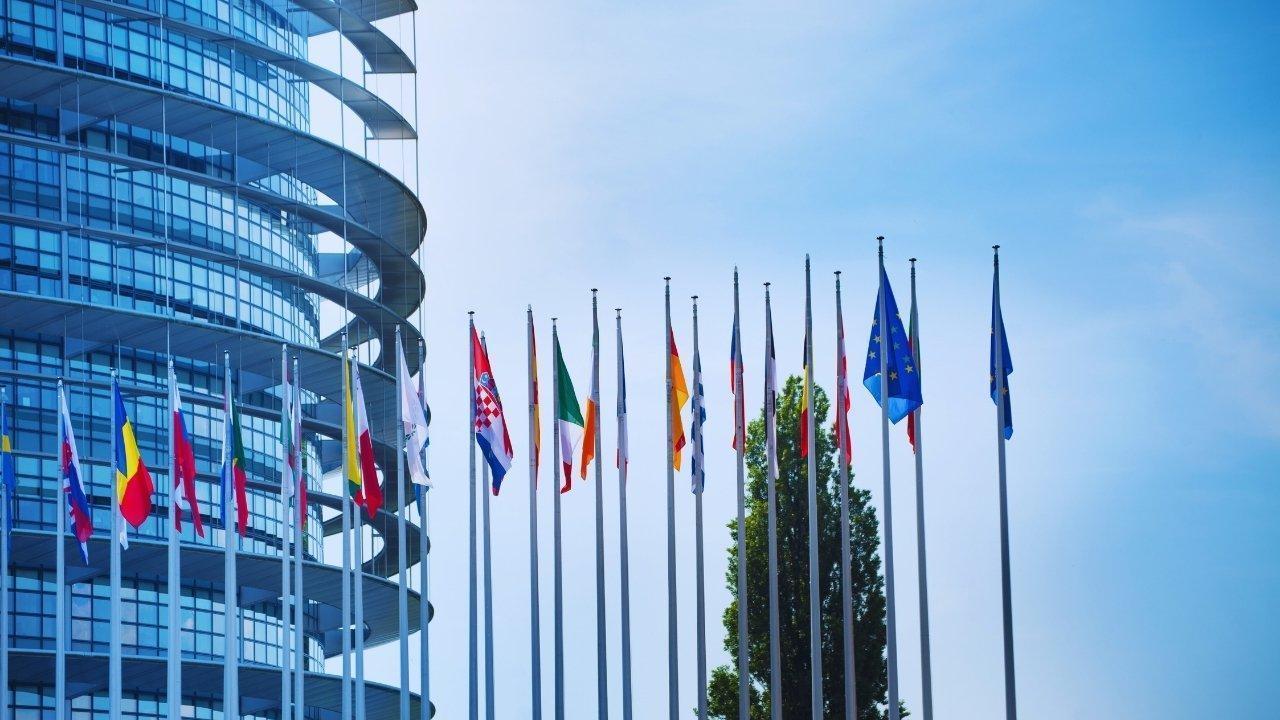
Post by : Anis Farhan
The European Union and Central Asian states convened in 2025 for the latest EU-Central Asia Summit, marking a pivotal moment in relations between the two regions. The summit was set against a backdrop of shifting global alliances, the war in Ukraine, China’s expanding influence through its Belt and Road Initiative (BRI), and the rising importance of Central Asia’s energy and transport corridors. European leaders arrived with promises of investment, trade cooperation, and digital partnerships, hoping to deepen engagement. Yet, a fundamental dilemma persists—can economic collaboration with authoritarian-leaning states foster openness and reform, or does it risk entrenching existing power structures?
Central Asia occupies a unique position on the global map, linking Europe with China, South Asia, and the Middle East. Its vast reserves of natural gas, oil, uranium, and rare earth minerals make it an attractive partner for resource-hungry economies. Beyond resources, the region is becoming a critical hub for transit routes, particularly as sanctions on Russia force Europe to diversify supply chains and explore alternative trade corridors. The Trans-Caspian International Transport Route, often dubbed the “Middle Corridor,” has gained renewed importance, and the EU is keen on securing its role in this evolving trade geography.
At the summit, EU leaders unveiled a series of financial commitments under the Global Gateway strategy, which aims to rival China’s Belt and Road Initiative. Investments targeted renewable energy, green hydrogen projects, digital infrastructure, and modern transport networks. For the EU, the stakes are not merely economic but geopolitical—by embedding itself in the region’s development, Europe seeks to counterbalance Russian dominance and China’s financial leverage.
Yet, critics argue that investment alone may not be enough. Central Asian governments, from Kazakhstan to Turkmenistan, maintain tight control over political life, with limited space for civil society, restricted media, and authoritarian leadership styles. This raises doubts over whether European money can drive democratic values or whether it will simply strengthen regimes already accused of human rights abuses.
The EU’s engagement strategy has long been tested by the political conditions in Central Asia. Uzbekistan has made some reforms in recent years, opening its economy and slightly relaxing media restrictions, but democratic institutions remain weak. Kazakhstan, often portrayed as the most reform-oriented of the group, still witnessed violent unrest in 2022, followed by a harsh crackdown. Kyrgyzstan, once hailed as the region’s most democratic state, has slid into authoritarianism, with shrinking press freedom and increasing political repression.
The dilemma is clear: Europe wants to secure energy and trade routes but risks legitimizing leaders who resist liberalization. Investment, when funneled into state-controlled enterprises, may reinforce centralized power rather than encourage political pluralism.
Another dominant theme of the summit was security cooperation. With instability in Afghanistan continuing to spill over, Central Asian states remain anxious about extremism and cross-border crime. The EU emphasized its willingness to support border management, cybersecurity, and counterterrorism initiatives. Connectivity was equally central, as leaders highlighted the need to link Central Asian infrastructure more deeply with European markets. For Brussels, secure and reliable routes through Central Asia are vital in reducing reliance on Russian corridors.
Europe’s push into Central Asia cannot be divorced from China’s extensive presence. Beijing has spent years cultivating influence through loans, infrastructure development, and trade agreements. Its Belt and Road Initiative has funded roads, pipelines, and railways across the region, creating deep economic dependency. For Central Asian governments, Europe’s renewed interest is a welcome opportunity to diversify partners and avoid overreliance on either China or Russia. But the reality is that China’s entrenched position will not be easily displaced.
Human rights organizations have consistently criticized the EU for prioritizing stability and investment over democratic reform in Central Asia. Civil society actors argue that Europe’s financial support should come with stronger conditionalities, tying aid and investment to measurable improvements in political freedoms, media independence, and human rights protections. However, Central Asian governments often resist such conditions, viewing them as interference in domestic affairs. This tension creates a delicate balancing act for Brussels—pushing too hard risks alienating partners, while being too soft risks undermining the EU’s own principles.
Supporters of greater EU-Central Asia cooperation argue that investment in infrastructure and green energy will bring tangible benefits to local populations, foster job creation, and open new trade channels. Over time, they claim, economic engagement can encourage gradual political liberalization, particularly as younger, globally connected generations demand more accountability from their leaders.
Skeptics, however, warn that without clear accountability, European funds could entrench authoritarian leaders, strengthen security apparatuses, and leave ordinary citizens with little to gain. This debate underscores the central question of the summit: can investment act as a bridge to political change, or does it merely cement existing structures?
Looking forward, the EU will need to navigate carefully. Its Global Gateway commitments offer an alternative to China’s BRI, but success will depend on the execution of projects, the ability to build trust, and the integration of civil society voices. Central Asia, for its part, stands to benefit from greater diversification of partnerships, but its leaders must balance competing influences from Europe, China, Russia, and Turkey.
The outcome of this summit may not be immediately visible, but it signals a deeper strategic contest over the future of Central Asia. For Europe, the stakes are both practical and ideological: securing energy and connectivity while testing whether economic partnerships can coexist with a commitment to human rights and democratic values.
This article is a journalistic analysis prepared for informational purposes under Newsible Asia’s editorial standards. It reflects ongoing developments and interpretations based on available reports at the time of writing.

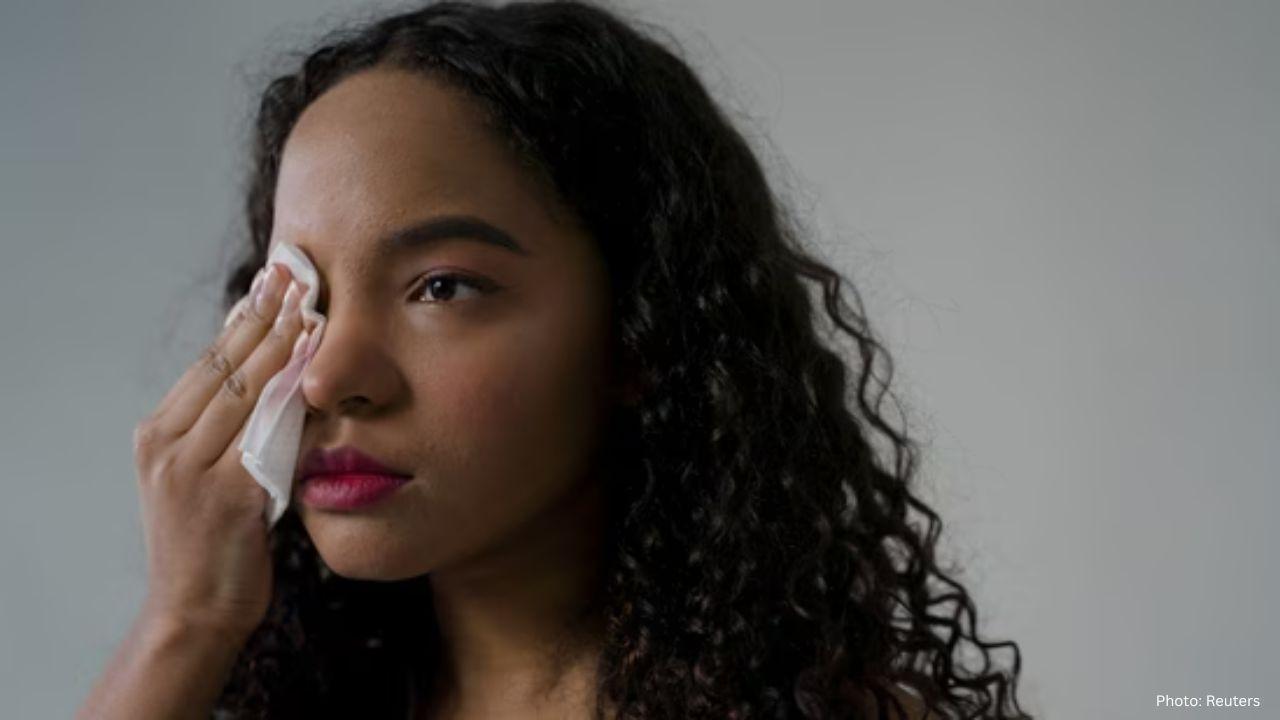
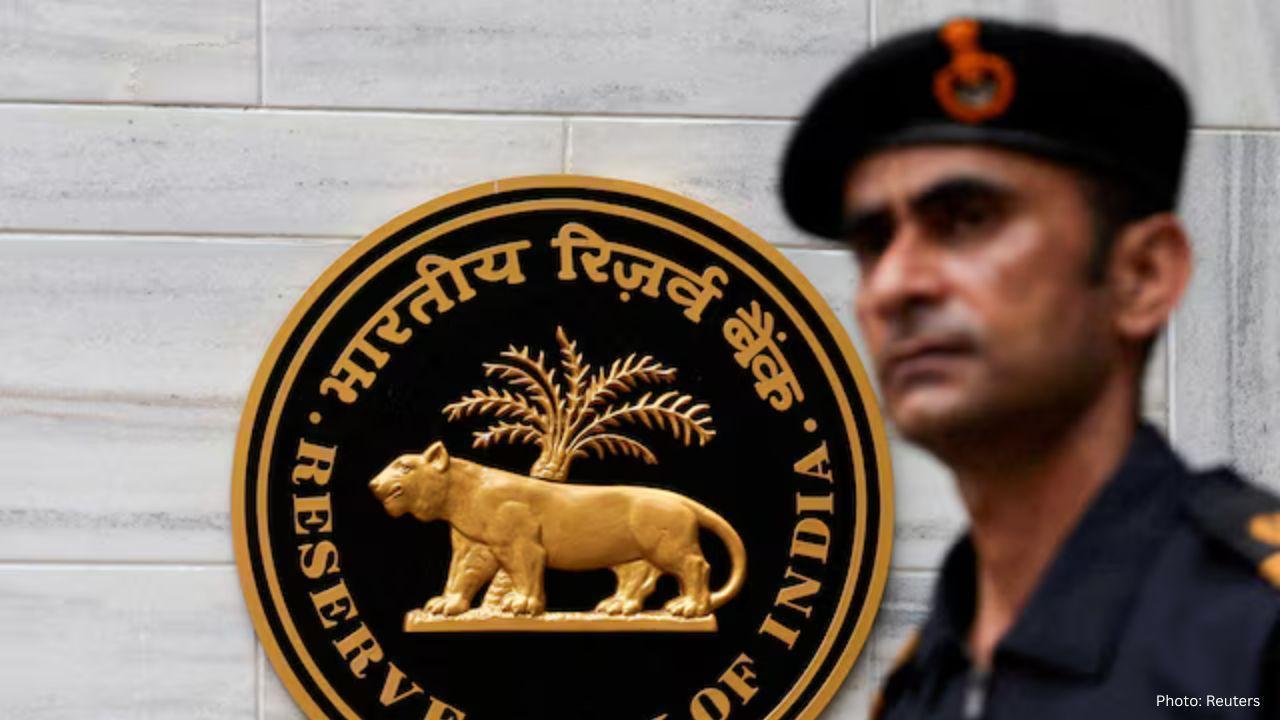
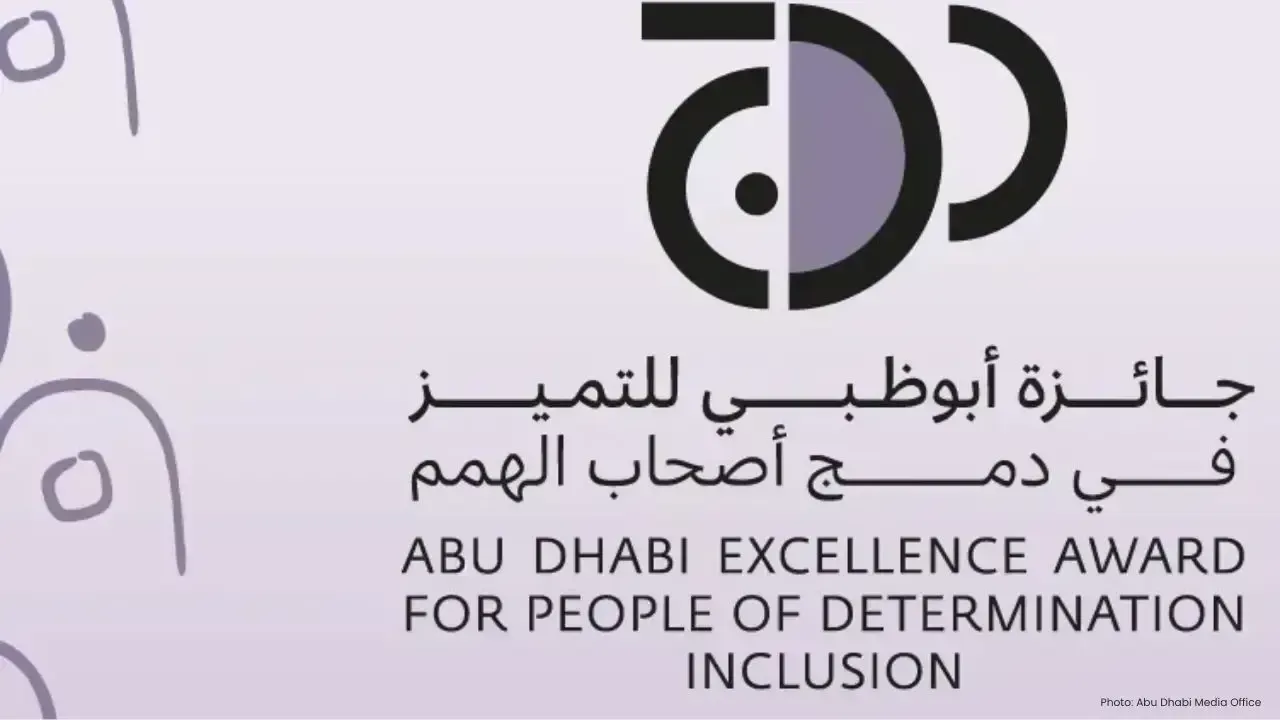



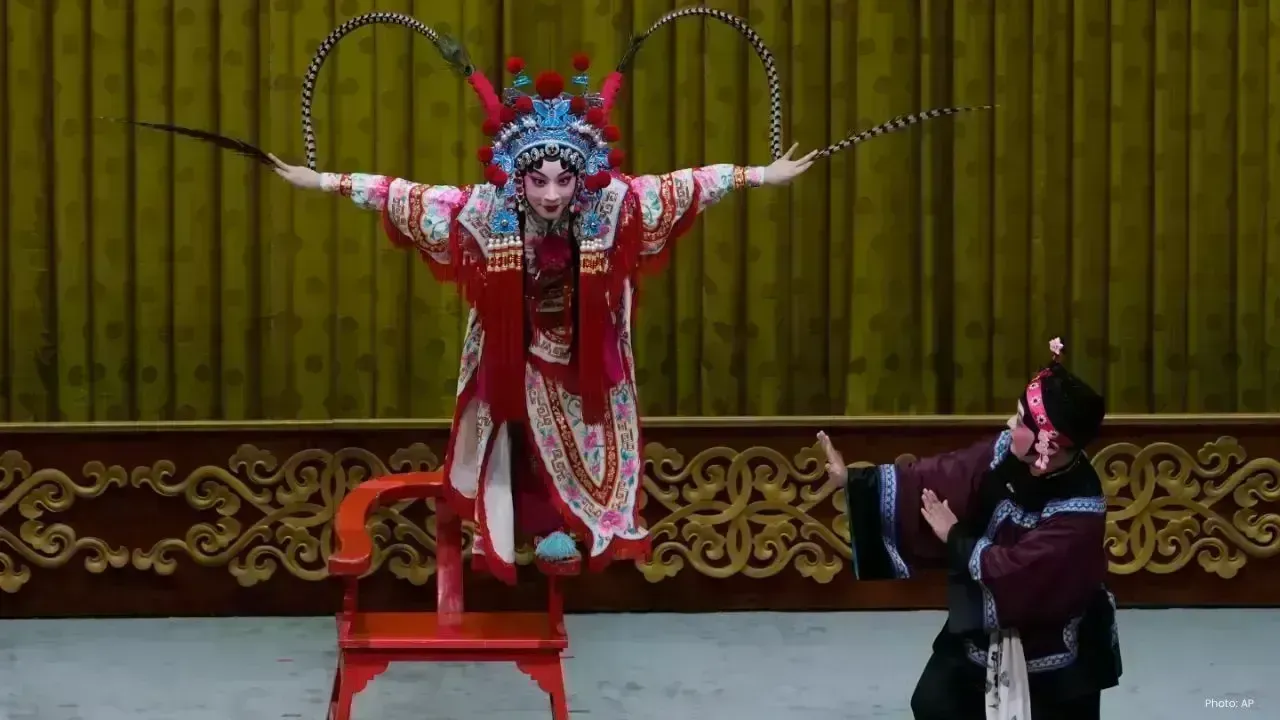


Ranveer Singh’s Dhurandhar Hits ₹1000 Cr Despite Gulf Ban Loss
Dhurandhar crosses ₹1000 crore globally but loses $10M as Gulf nations ban the film. Fans in holiday

China Claims India-Pakistan Peace Role Amid India’s Firm Denial
China claims to have mediated peace between India and Pakistan, but India rejects third-party involv

Mel Gibson and Rosalind Ross Split After Nearly a Decade Together
Mel Gibson and Rosalind Ross confirm split after nearly a year. They will continue co-parenting thei

Rashmika Mandanna, Vijay Deverakonda Set to Marry on Feb 26
Rashmika Mandanna and Vijay Deverakonda are reportedly set to marry on February 26, 2026, in a priva

FIFA Stands by 2026 World Cup Ticket Prices Despite Fan Criticism
FIFA defends the high ticket prices for the 2026 World Cup, introducing a $60 tier to make matches m

Trump Claims He Ended India-Pakistan War, Faces Strong Denial
Donald Trump says he brokered the ceasefire between India and Pakistan and resolved eight wars, but